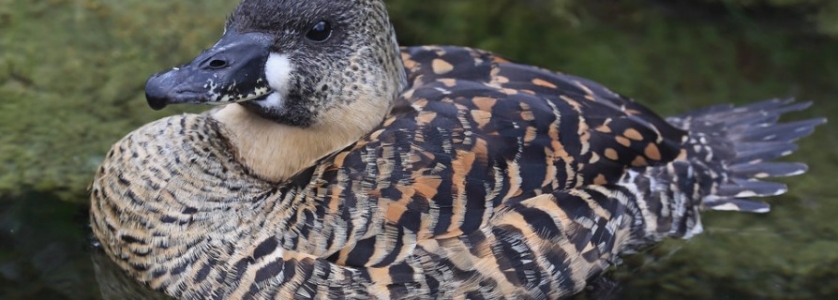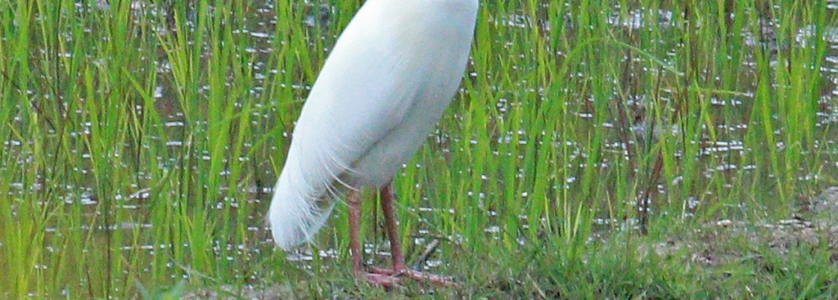

What to Know About the Fulvous Whistling Duck in Uganda?
The Fulvous Whistling Duck in Uganda is one of the African birds of Uganda seen during Uganda birding safaris and tours.
Also known as the fulvous tree duck, it belongs to the family Anatidae, phylum Chordata, class Aves, order Anseriformes, and genus Dendrocygna.
This distinctive species is commonly spotted on Uganda birdwatching tours, Uganda birding tours, birdwatching safaris in Uganda, and birding safaris in Uganda, making birding in Uganda an exciting and diverse experience.
The males have a maximum body mass of 958g while the females have a maximum of 864g, lengths between 45-53cm. the Fulvous Whistling Duck breeds in Uganda.
Scientifically referred to as Dendrocygna bicolor, Fulvous Whistling Duck is a bird species which breeds across the Tropical regions of the world mostly in South America and Mexico, sub-Saharan Africa, west Indies and the Southern United States. This bird species feeds both day and night on seeds and other parts of plants in wetlands .
Physical description of the Fulvous Whistling Duck
Fulvous Whistling Duck is characterized with a mainly reddish brown layer of feathers that is known as plumage. It has a long greyish bill and long legs that are grey in colour hence featuring a distinctively white band across the black tail while in flight and also releases a whistling call given either on the ground or in flight.
This bird is a larger species of the Whistling Duck measuring about 45 to 53 centimeters in length and the male Fulvous Whistling Duck is slightly bigger with 748 to 1,050 grams than the female bird species which is lighter with an average of 712 to 1,000 grams.
It features mainly differnt shades of brownish long legs and has a particularly rich buffed head, breast and neck hence baring a back that is darker in colour. The bird bares a darker shade of brown mantle having buff tipped feathers and while on flight it reflects a dark brownish feathers with tail.
The bird features a dark black-brownish stripe which goes through the crown center to the base of the mantle. It bares brownish wings above which are also black in colour below. Juvenile Fulvous Whistling Duck is generally duller in colour most especially on the flanks and also composed of paler underparts.
The behavior of the Fulvous Whistling Duck
Fulvous Whistling Duck is a colonial bird species mostly found dweeling into flocks or small groups which are formed at favoured sites. This bird is a non wadding species which walks well hence feeding normally by upending and also uses a diving technic if necessary.
The bird species flies in loose flocks at a low altitude while at flight with a trailing feet and slow wingbeats. It also sleeps in the middle of the day and insmaller groups.
During the feeding process, the bird feeds often with other whistling duck species in fairly large colonies during and night. It feeds normally on plant materials that do include bulbs, stems, seeds, grasses, rice and also some aquatic life like the worms, insects together with molluscs.
It often shakes its head sideways before taking off in alarm hence producing a noisy and loud clear whistling Kee-wee-ooo voice along with throwing back its head in the process of displaying its agression towards other individuals.
Habitat and distribution of the Fulvous Whistling Duck
The bird is found inhabiting in different habitants such as shallow lakes and wetlands baring with plentiful vegetation together with paddy fields. This bird species is widely spread extending across the four continents including Argentina to Colombia and West Indies, Sub Saharan Africa, South Africa and Madagascar.
Breeding and reproduction process of the Fulvous Whistling Duck
Fulvous Whistling Duck species usually during the breeding process which occurs from December to February and July to December breeds in colonies hence a monogamous breeder bird species. It forms different displays that include courtship that is limited to mutual head dipping before mating thereby forming breeding pairs. The breeding nest is constructed by both partners and it is built from plant leaves and stems on the ground, dense vegetation close to water along with shallowly flooded rice fields.
During the reproduction period, the adult female bird species lays a maxium of about 10 whitish eggs at an interval of 24 to 36 hours before the nest is completed. Both sexes take play a role in the incubation process which will take a period of about 24 to 29 days. After the eggs hatching, the ducklings are fed by both parents until they develop wing feathers that are strong and large enough for flight to occur at the age of 9 weeks after hatching . They do develop sexual maturity at the age of one year.
More posts for you

Over 50 excellent reviews on Safaribookings.
 >
> 




